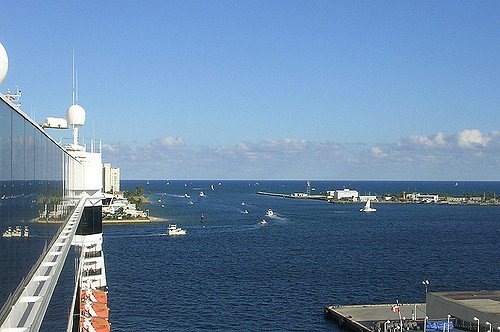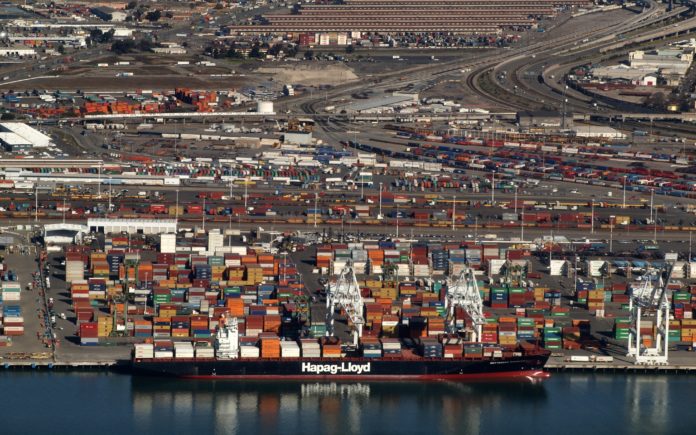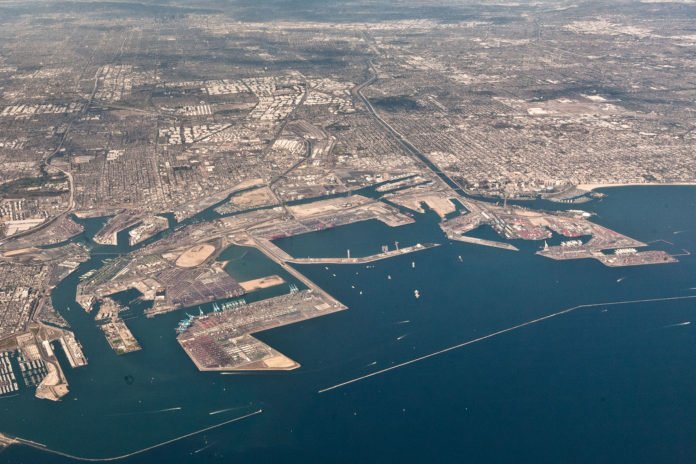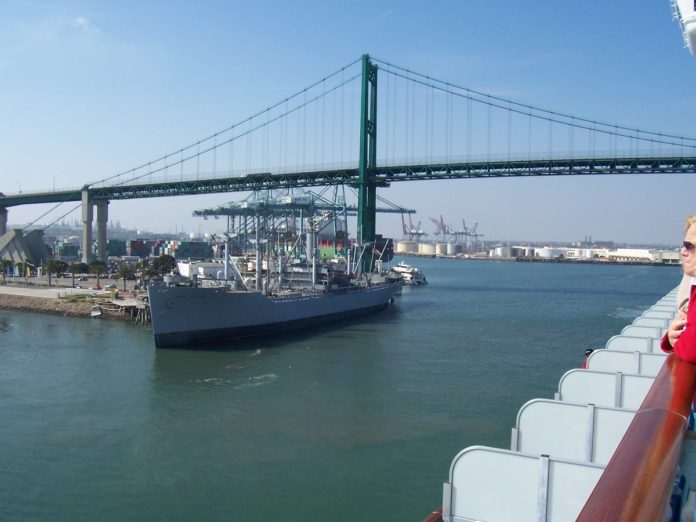Considering the extent of business being done in the logistics real estate sector — and exponential industrial real-estate performance growth witnessed 2014-2017 — CRE Scoops sought to understand which markets hold real estate assets most-exposed to the shipping business.
As companies fight to build direct consumer bases, they are facing “monumental” pressure on their supply chains, which is causing a shift in port volumes, says Adam Mullen, supply chain and occupier leader for the Americas at commercial real estate services firm CBRE. It’s just further evidence of an ongoing “supply-chain arms race,” that is playing out in the U.S., Mullen notes.
After all, just one year after the summer 2016 unveiling of an expanded Panama Canal — a project that began 2007 — and the famed waterway sweeps through shipping vessels that are three times the size of what it could originally accommodate.
“A week after the locks opened, we had a 10,000-TEU ship call Savannah, and that couldn’t have happened without the expanded canal. Now we are forecasting multiple services with 13,000-TEU ships calling. We have seen ships with 5,000-plus moves just over the last few weeks, and that’s like New York numbers,” Georgia Ports Authority Executive Director Griff Lynch told Joc.com. Within ten months of the Panama Canal’s expansion, the Port of Savannah reported a 12% increase in the amount of containers shipped through its harbors and a 6% boost in overall volume.
But that’s just one example.
As shipping activity across the country grows, CBRE predicts two things:
- Warehouse supply will tighten, and “high-quality prime logistics facilities” will be even more coveted;
- Smaller markets ideally positioned along the distribution paths to and from ports are poised to become the next fastest growing industrial markets.
To get a better idea of which ports support the largest real estate markets right now, CRE Scoops looked at the most-recent data available, the 2016 Seaports and Logistics Annual Report published by commercial real estate services firm CBRE.
Here are the top 10 largest port markets, measured in terms of port-influenced industrial real estate.




























